 Jim Bowie
Jim Bowie
Time Period: Louisiana Purchase through Early Statehood (1803 - 1860)
 Jim Bowie
Jim Bowie
Bozeman House
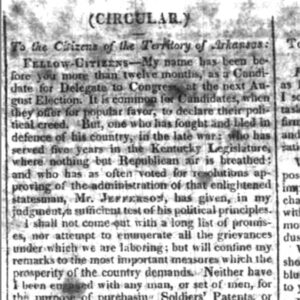 Bradford Campaign Announcement
Bradford Campaign Announcement
Bradford, William
Brandywine [Steamboat]
 Brandywine Article
Brandywine Article
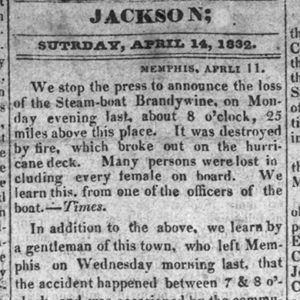 Brandywine Article
Brandywine Article
Brazeale Homestead
Brown, Jacob
Brown, William (Execution of)
Brownlee House
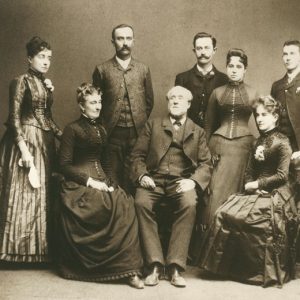 Robert Brownlee Family
Robert Brownlee Family
Brownlee, Robert
Burnett Family (Executions of)
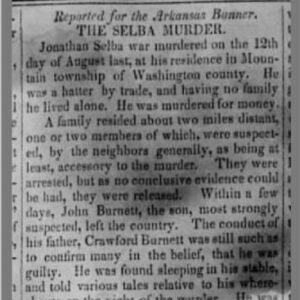 Burnett Family Execution Story
Burnett Family Execution Story
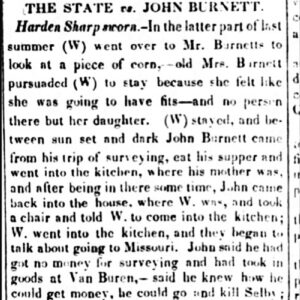 Burnett Trial Story
Burnett Trial Story
Burton-Aikin Feud
Butler-Matthews Homestead
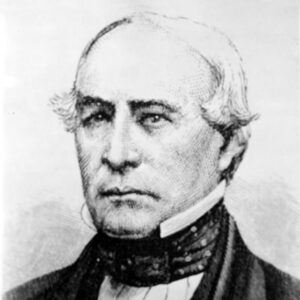 John Butterfield
John Butterfield
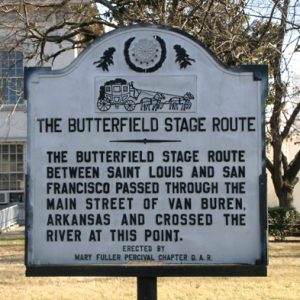 Butterfield's Overland Comapny
Butterfield's Overland Comapny
Butterfield’s Overland Mail Company
aka: Overland Mail Company
Byrne, Andrew
 Andrew Byrne
Andrew Byrne
Cadron Settlement
aka: Cadron (Faulkner County)
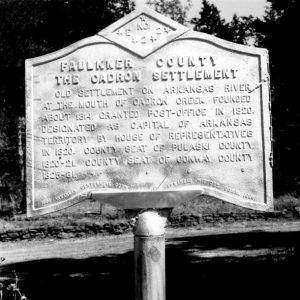 Cadron Settlement Marker
Cadron Settlement Marker
 John Calhoun
John Calhoun
California Gold Rush, Effect of the
Camden to Washington Road, Rosston Segment
Campbell Cemetery
Cane Hill College
Cane Hill Murders of 1839
Captain Isaac N. Deadrick House
Car of Commerce [Steamboat]
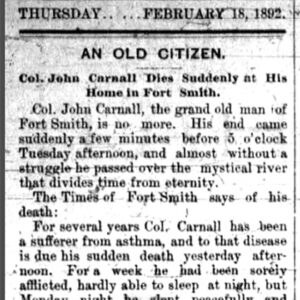 Carnall Obituary
Carnall Obituary
Carnall, John
Caroline [Steamboat]
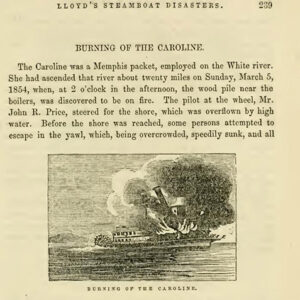 Caroline Steamboat Article
Caroline Steamboat Article
 Caroline Steamboat Article
Caroline Steamboat Article
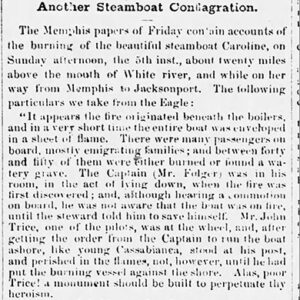 Caroline Steamboat Article
Caroline Steamboat Article
Carrollton Road
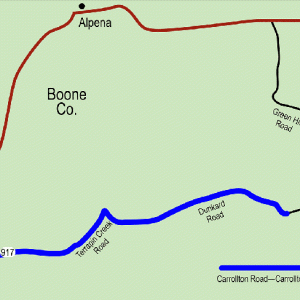 Carrollton Road
Carrollton Road
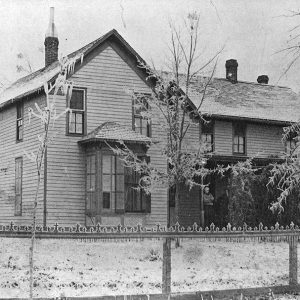 Case-Shiras-Dearmore House
Case-Shiras-Dearmore House
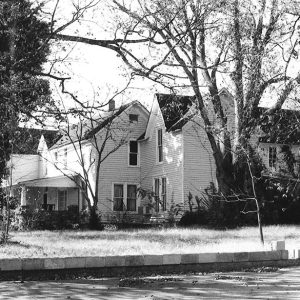 Case-Shiras-Dearmore House
Case-Shiras-Dearmore House
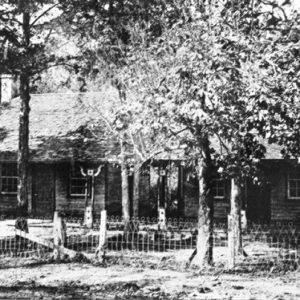 Casey House
Casey House
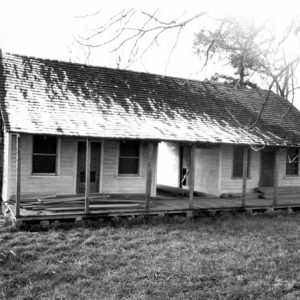 Casey House
Casey House
Casey House
 Cathedral of St. Andrew
Cathedral of St. Andrew




